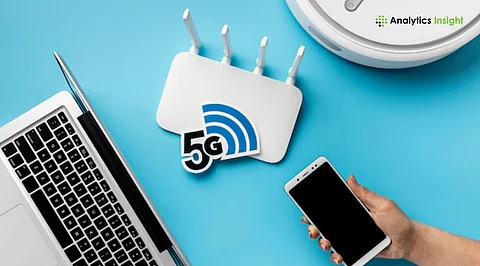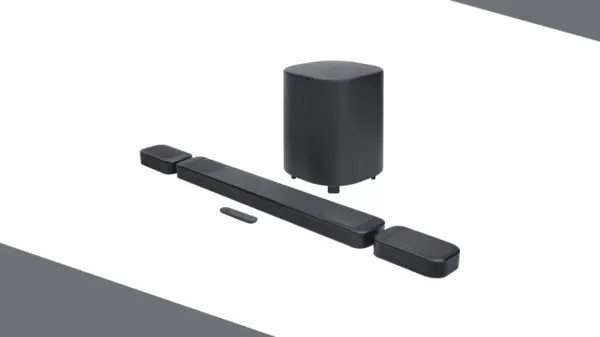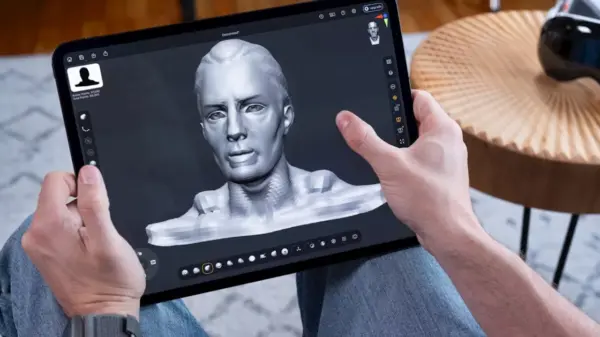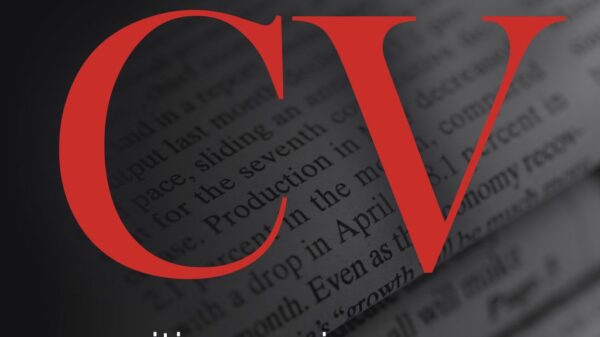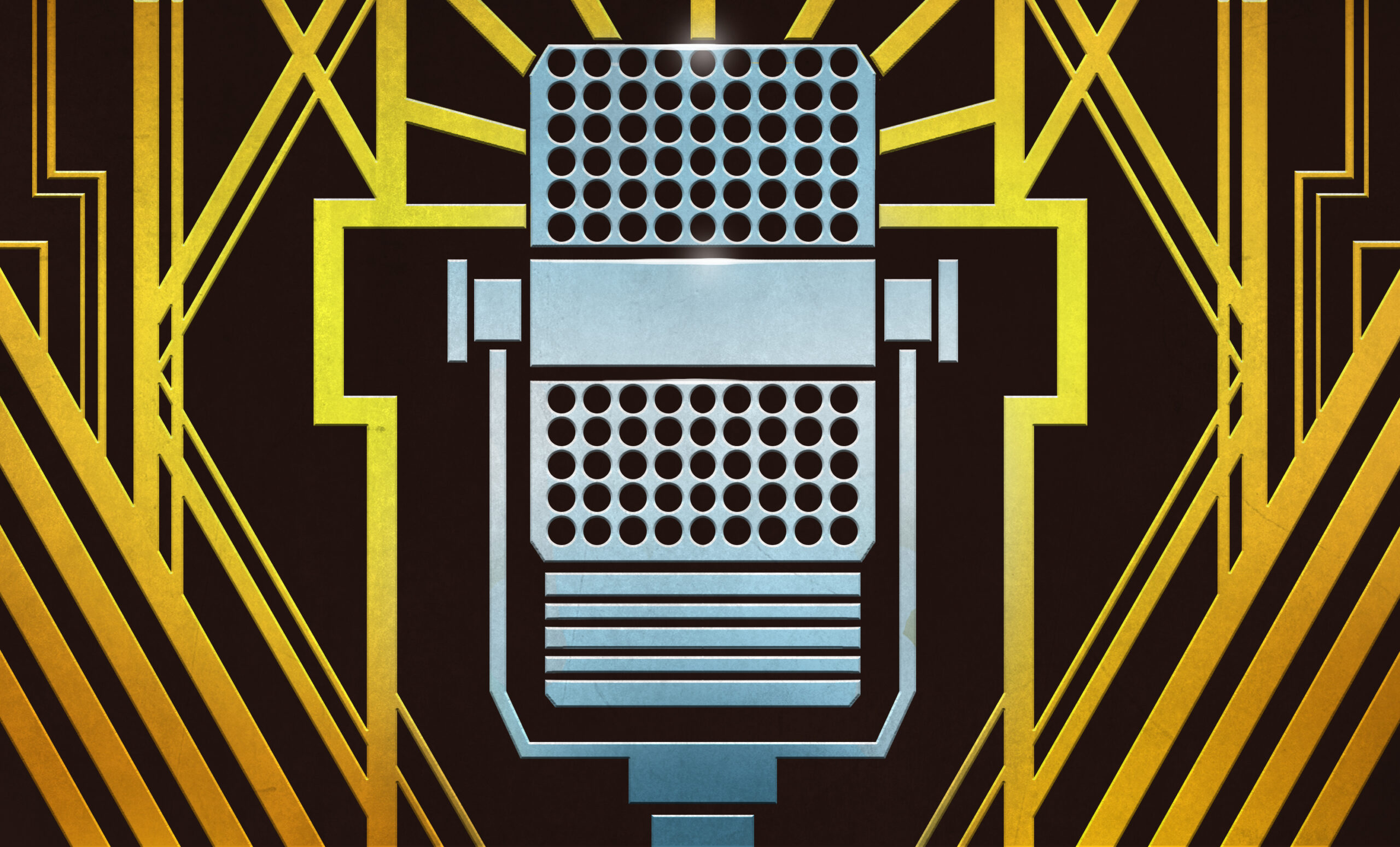The latest episode of the Hackaday Podcast, Episode 333, features hosts Elliot Williams and Kristina Panos discussing a variety of innovative projects and challenges in the tech community. The episode highlights the urgency of securing tickets for Supercon 2025 and emphasizes participation in the ongoing One Hertz Challenge, which has a submission deadline of August 19, 2025. Additionally, the episode marks the end of an era as AOL discontinues its dial-up service after decades of operation.
Listeners are encouraged to engage with the mystery sound segment, where Kristina attempts to identify a sound that listeners can guess for a chance to win a limited edition Hackaday Podcast t-shirt.
Innovative Hacks and Projects
The episode dives into a series of remarkable hacks from the previous week, starting with a talking robot that utilizes typewriter technology to animate its mouth. The discussion then shifts to innovative approaches in DIY electronics, including the creation of casing and instrument panels for a PDP-1 replica.
Other intriguing projects include a fluid simulation business card that captivates with its visual effects, a caliper shootout that compares the quality of different models, and a fascinating exploration of a single file represented in six different formats.
A two-part segment on telephony examines the limitations of modern smartphones regarding hackability. The hosts also discuss the evolution of podcasting, highlighting what some consider the first podcast, showcasing the medium’s historical significance.
Key Highlights and Insights
As part of this episode, notable mentions include warnings from Josef Prusa about the state of open hardware 3D printing, asserting that it faces serious challenges. The podcast also features a spotlight on a continuous-path 3D printed case deemed superior in its design.
Quick hacks discussed by Elliot and Kristina range from assessing the value of calipers to building a trash can reverb and troubleshooting disappearing capacitance in a buck converter. The hosts share their curated picks for the week, including projects that push the boundaries of creativity and innovation.
Listeners can access the episode through various platforms, including iTunes, Spotify, and Stitcher. The full show notes, including links to featured hacks and discussions, are available on the Hackaday website.
The Hackaday Podcast offers a blend of insightful discussions, innovative projects, and a lively community engagement, making each episode an essential listen for tech enthusiasts and creators alike.

















